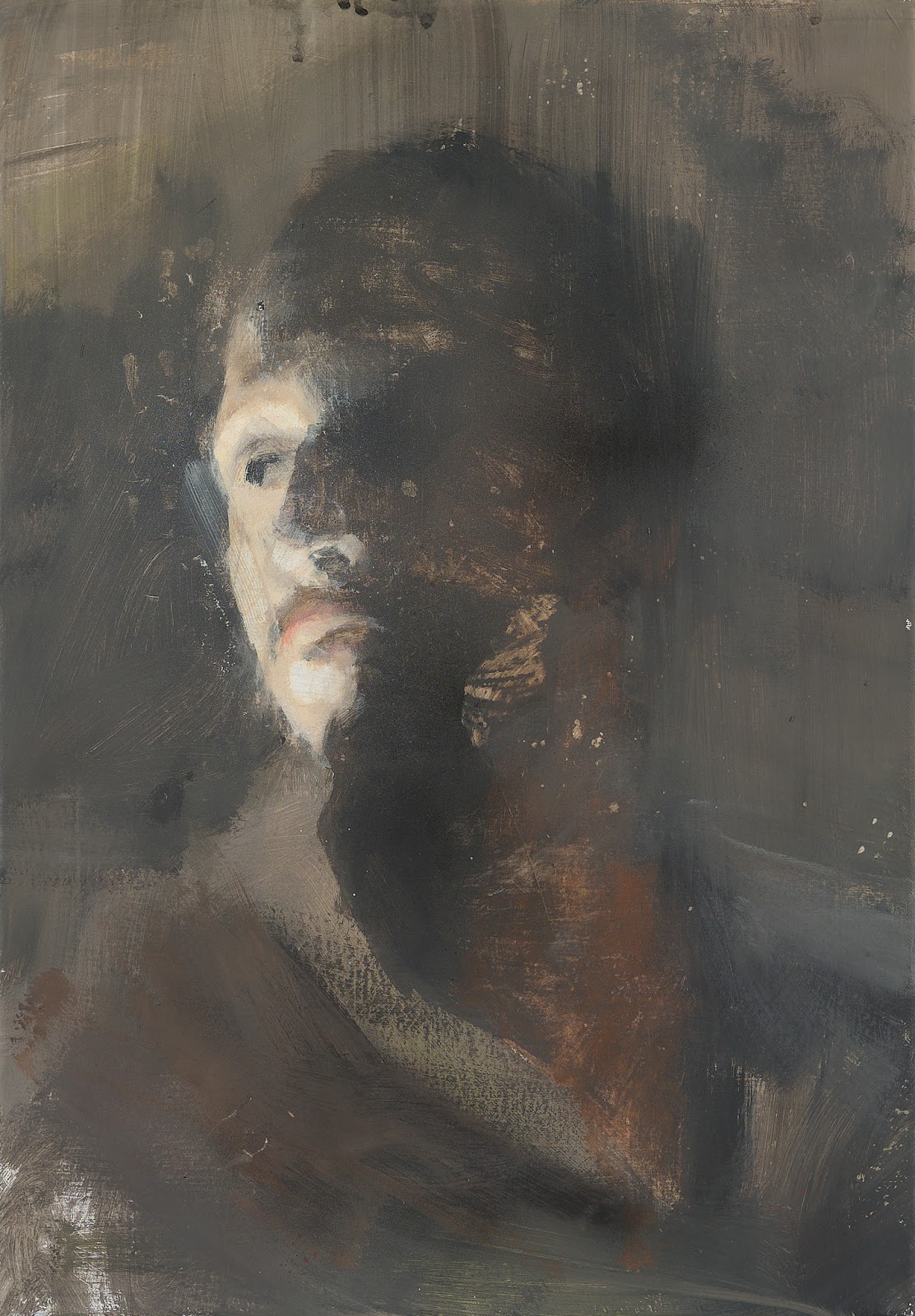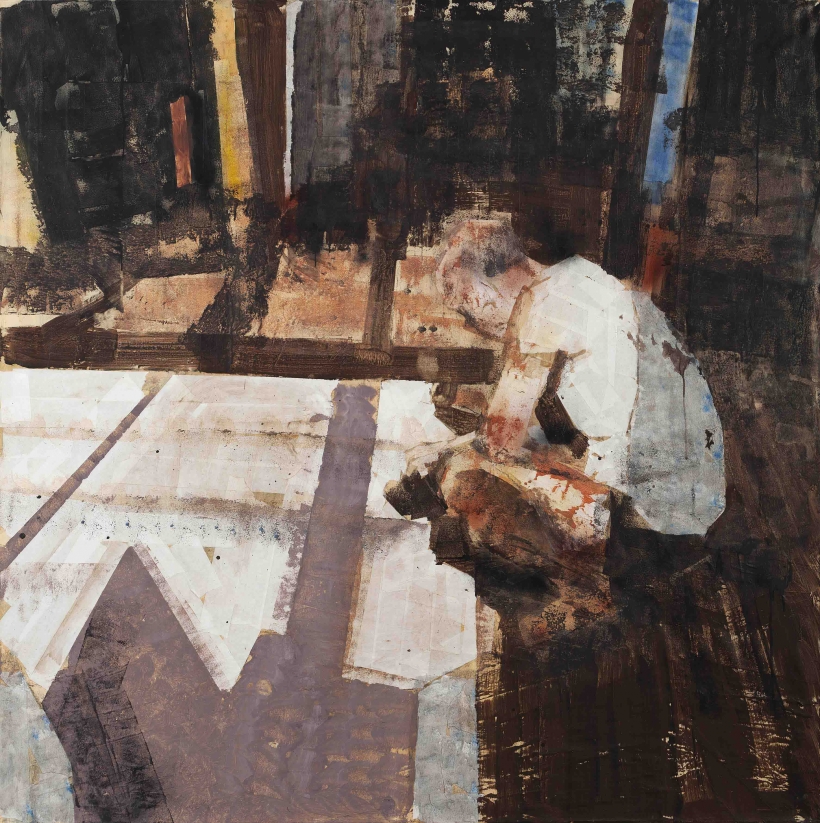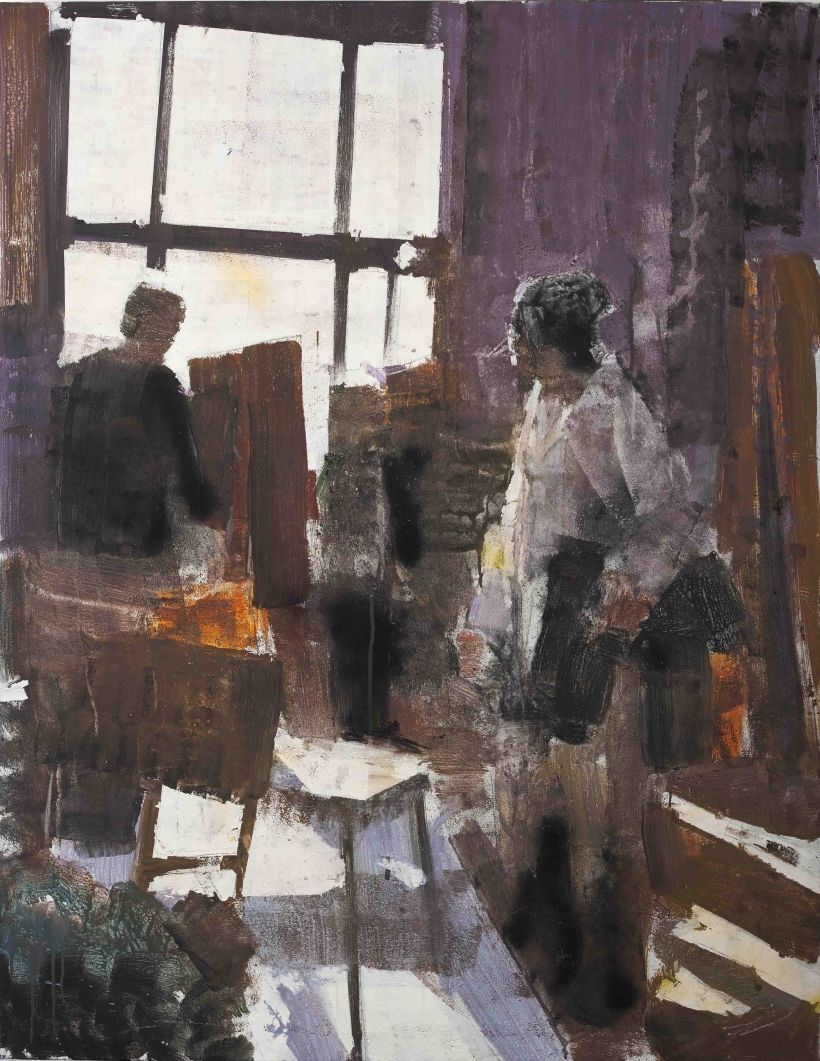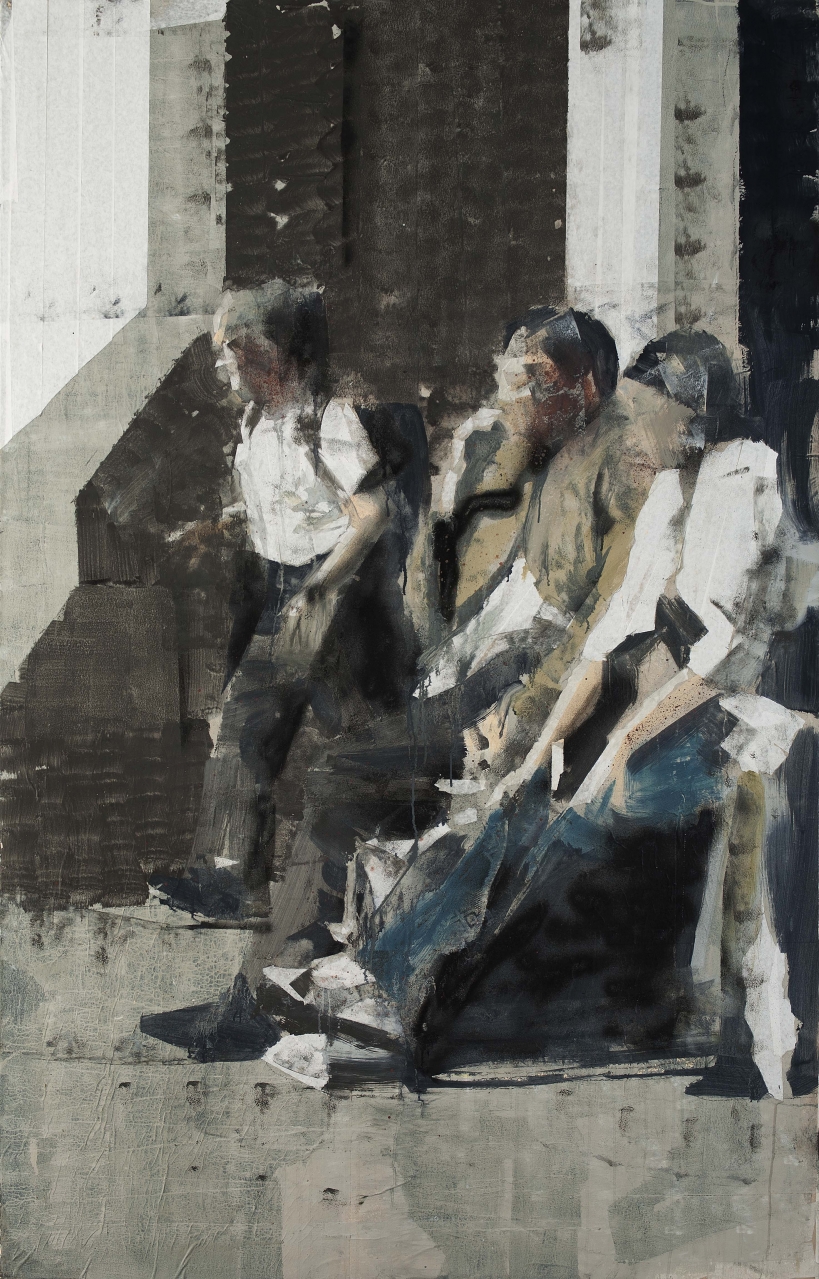Podcast: Play in new window
Zbynek Sedlecky and I have a conversation at his studio in Prague, CZ. We discuss Artist cliques, Hungarian Art galleries, Cultural influences in your art, Artist residencies, Funding for the arts, Studio practice, Art materials, Pricing your art, Work life balance, Social media, and Likes.
About
Zbyněk Sedlecký’s exhibition (1976) entitled Course, presents the author’s latest works forming a more compact picture file. It evokes the environment of the drawing room, where the drawing of the living model takes place. It is a topic for the author of an authentic, to some extent self-reflective, to which he is very close. He knows him from his personal experience because he practically teaches this drawing according to the model. It is therefore his job (work, profession). The topic was touched already in 2015 when he presented a chamber exhibition called Chairs, Stand and Model in a White Shirt at the Prague Vyšehrad Gallery. In contrast to the then conception, which was rather after depersonalized typing and in some cases even generalizing stylization of a particular environment, the current pictures of Sedlecký bring the more ephemeral atmosphere and intimacy of what actually takes place in this space, and what is to some extent repeated as a kind of unwritten process or ritual (undressing and dressing the model). At first glance, there is a striking dive into “random moment analysis”. The degree of credibility of the painterly illusion naturally linked to the thematization of the environment is achieved thanks to the author’s long-term observation abilities, which complement the records of immediate unmanipulated reality. This creates material from which the individual “images-situations” are formulated and linked into an autonomous pictorial story, in which the individual “windows” are not tied to a scenario, but linked by looser associations and a painterly emphasis on a particular atmosphere. The degree of credibility of the painterly illusion naturally linked to the thematization of the environment is achieved thanks to the author’s long-term observation abilities, which complement the records of immediate unmanipulated reality. This creates material from which the individual “images-situations” are formulated and linked into an autonomous pictorial story, in which the individual “windows” are not tied to a scenario, but linked by looser associations and a painterly emphasis on a particular atmosphere. The degree of credibility of the painterly illusion naturally linked to the thematization of the environment is achieved thanks to the author’s long-term observation abilities, which complement the records of immediate unmanipulated reality. This creates material from which the individual “images-situations” are formulated and linked into an autonomous pictorial story, in which the individual “windows” are not tied to a scenario, but linked by looser associations and a painterly emphasis on a particular atmosphere.
In his work Sedlecký gradually breaks away from the tendency to objectify and impersonate the image illusion (distance, analogy to the document) and increasingly seen and depicted newly “personified” and thus “specializes”. Painting is accompanied by a declaration of personal “relation” to the environment of the author’s interest, moments of experience, evocation of pure experience, something that makes anonymous and alienated known and close, or at least discernible. In the case of exhibited works we can talk about portraits and portraits not only of people (model, teacher, student), but also of their own environment (stands, chairs, practicabels, screens). The moment of capture and expressive characterization of the environment, which, like the theater scene, undergoes constant transformation, is rebuilt and each time artificially composed (modeling, positioning,
The name of the exhibition The course contains some open ambiguity. The word has three meaning connotations – course as a training format, course as direction (direction) and course as currency (exchange rate). At the same time, we can realize the ambiguity of seemingly clearly describing painterly illusions by looking at these playfully “wandering” meanings that can be related to the topic of work and work in all three cases. The meaning of the word also changes its color. Similarly, with the intensity of the experience experienced, the so-called reality changes into something that acquires contextual values of non-repeatability, even in cases that appear to be either automatic or banal. It is these moments connected with the expressive advantages of the medium of painting (diversity and ambivalence) that Zbyněk Sedlecký opens and newly revises with his latest works.
-Petr Vaňous, curator of the exhibition
Zbyněk Sedlecký (b. 1976 in Ostrava) – belongs to the strong generation of artists entering the Czech art scene at the turn of the millennium. He graduated from the Faculty of Fine Arts in Brno (Prof. Jiří Načeradský) and the Prague Academy of Fine Arts (Prof. Jiří Sopko). In 2000 he studied at the Staatliche Akademie der bildenden Künste in Stuttgart and in 2003 at the Koninklijke Academie voor Shone Kunsten in Antwerp. Sedlecký, for example, included the projects Artnow.cz (2003) in the context of contemporary art. Resetting. Other Ways to Matter (2007-08), participation in the long-term exhibition After the Velvet (2009-13; GHMP, Prague), Liverpool Biennial (2010) or the Czech Republic project! Ein Tanz (2011, HangART, Salzburg). Most recently, he exhibited at the Václav Špála Gallery in Prague (High Noon, 2018). At the end of February 2019, the author publishes a more comprehensive catalog within the BADOKH series.
Please be sure to visit our Patreon page and help support the podcast by being part of the conversation. The more money raised, the larger the global reach we can offer you:
https://www.patreon.com/thewisefool
For more information about the host, Matthew Dols
http://www.matthewdols.com
Transcript available: https://wisefoolpod.com/transcript-for-episode-013-painter-zbynek-sedlecky-prague-cz/














